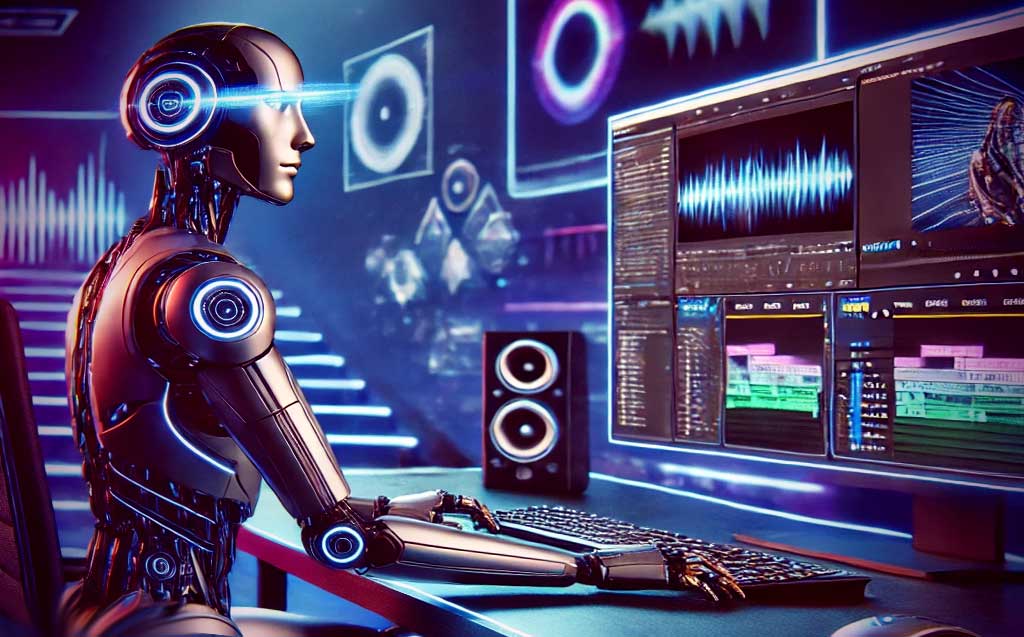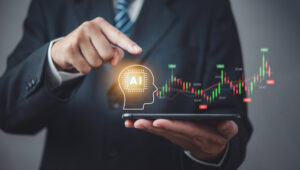In todays fast-paced digital world, businesses are constantly looking for innovative ways to enhance employee training and development. One of the most effective methods to achieve this is to create HR training videos with AI. By integrating AI technology, companies can produce high-quality, engaging training content that elevates the learning experience for employees across various departments. This approach not only saves time but also ensures that the training material is consistent, accurate, and up-to-date.
As organizations strive to stay competitive, they must embrace modern solutions that cater to the learning needs of their workforce. AI-powered video creation is a game-changer, providing HR teams with the tools necessary to produce impactful training sessions. This article will guide you through the process of creating HR training videos using AI, highlighting the benefits and offering practical tips for successful implementation.

1. Understanding AI in Video Creation
Artificial Intelligence (AI) has made significant strides in recent years, transforming various industries, including video production. AI technology can automate video creation processes, making it easier for HR professionals to develop training content without needing extensive technical skills. With AI, you can automate tasks such as scriptwriting, video editing, and even voiceover generation, ultimately streamlining the production process.
2. Benefits of Using AI for HR Training Videos
2.1 Cost-Effectiveness
Utilizing AI in video creation can significantly reduce costs associated with traditional video production. By automating processes, companies can save on labor costs, equipment expenses, and production time. This cost-effectiveness allows businesses to allocate resources to other critical areas, such as employee development and engagement initiatives.
2.2 Consistency and Accuracy
AI ensures that training videos are consistent in quality and content. This consistency is crucial for maintaining a high standard of training across all levels of the organization. AI can also help eliminate human error, ensuring that the information presented is accurate and reliable.
2.3 Enhanced Engagement
One of the primary goals of any training program is to engage employees effectively. AI can help create more interactive and personalized content, catering to the specific learning preferences of each employee. This personalization increases engagement, leading to better retention of information and improved performance.
3. Steps to Create HR Training Videos with AI
3.1 Define Your Training Objectives
Before diving into video creation, it is essential to outline clear objectives for your training program. Determine the skills or knowledge you want employees to gain and how these align with your organizations goals. This clarity will guide the content and structure of your training videos.
3.2 Choose the Right AI Tools
Selecting the appropriate AI tools is crucial for a successful video creation process. Tools like Adobe Firefly (external link: AI for Graphic Designers) provide robust features for crafting professional-grade training videos. Ensure that the tools you choose align with your specific needs and budget.
3.3 Develop a Script
A well-structured script is the foundation of any successful video. Use AI-powered scriptwriting tools to generate a script that is engaging, informative, and concise. These tools can assist in creating scripts that are tailored to the learning objectives and language preferences of your audience.
3.4 Leverage AI for Video Editing
Video editing is a critical aspect of the production process. AI-powered editing tools can automatically cut and assemble footage, apply transitions, and enhance visuals, ensuring your training videos are polished and professional.
3.5 Incorporate Interactive Elements
To boost engagement, consider adding interactive elements to your training videos. AI can help integrate quizzes, polls, and clickable links that encourage viewer participation and reinforce learning.
4. Best Practices for Implementing AI in HR Training
4.1 Keep Content Relevant and Up-to-Date
Ensure that your training material is always current and relevant to your employees needs. Regularly update videos to reflect changes in company policies or industry trends.
4.2 Measure Training Effectiveness
Track the effectiveness of your training videos by collecting feedback and data analytics. This information can help refine future training programs and ensure they meet the desired objectives.
4.3 Foster a Culture of Continuous Learning
Encourage employees to engage with training content regularly by fostering a culture of continuous learning. Provide incentives and recognition for employees who actively participate in training programs.
5. Challenges and Solutions
While AI offers numerous benefits, it is essential to acknowledge the challenges that may arise when implementing AI in HR training. Potential challenges include resistance to change, data privacy concerns, and the need for specialized skills to manage AI tools. To address these issues, provide adequate training and support for HR teams and emphasize the value of AI-driven training to employees.
6. Future of AI in HR Training
The future of AI in HR training looks promising, with advancements in technology offering even more sophisticated solutions for employee development. As AI continues to evolve, organizations will have access to tools that enable them to deliver highly personalized and immersive training experiences, ultimately driving employee success and business growth.
7. Conclusion
Incorporating AI into HR training videos is a strategic move that can significantly enhance the learning experience for employees. By leveraging AI technology, organizations can create engaging, cost-effective, and impactful training content that aligns with their goals. Embrace the power of AI to transform your HR training programs and unlock the full potential of your workforce.

FAQs
What are the main benefits of using AI for HR training videos?
AI can reduce costs, ensure consistency and accuracy, and enhance engagement through personalized and interactive content.
How can companies measure the effectiveness of AI-driven training videos?
Companies can track effectiveness through feedback and analytics, allowing them to refine and improve training programs.
What challenges might arise when implementing AI in HR training?
Challenges may include resistance to change, data privacy concerns, and the need for specialized skills to manage AI tools, which can be addressed through proper training and support.
For more insights on AI in video creation, you can check out AI in Video Personalization and explore tools for Video Marketers.







